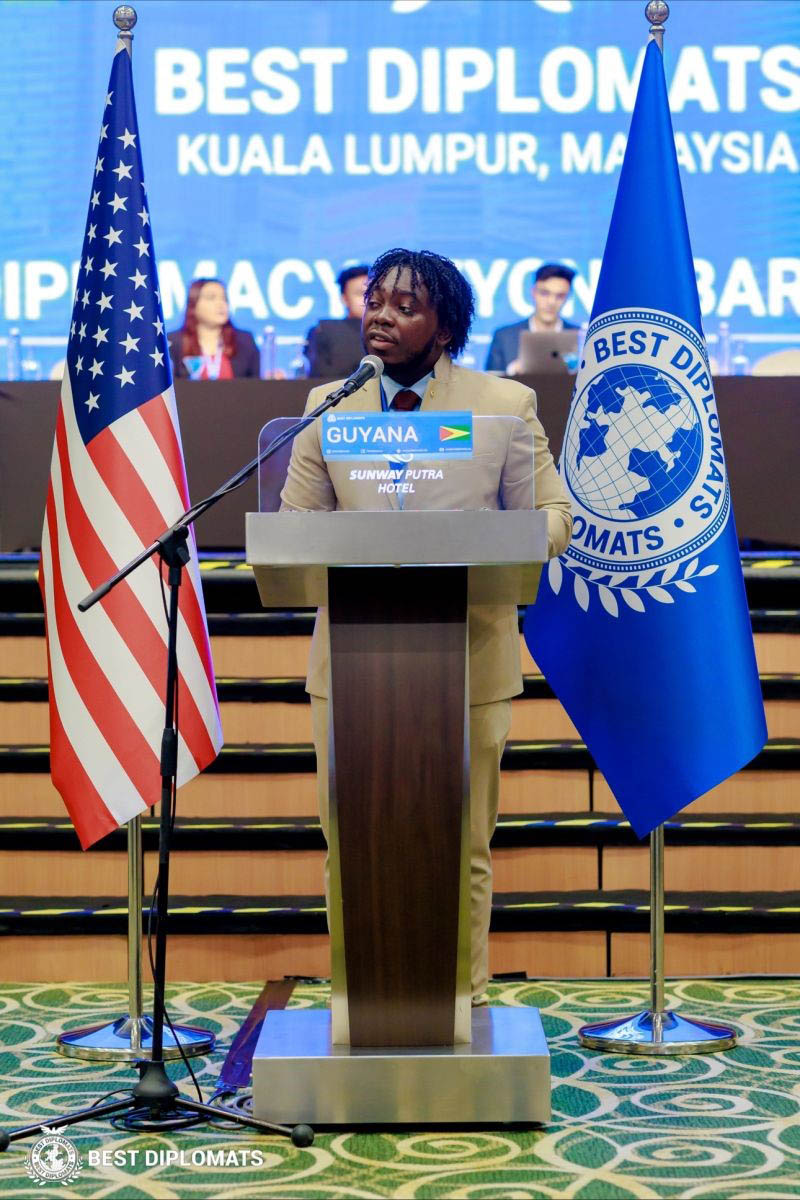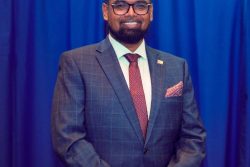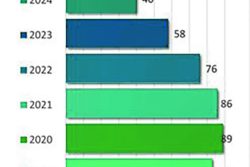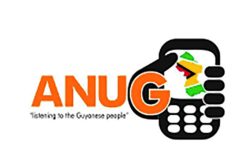By Brooke Glasford
Over the past few weeks, I’ve hit a real stride in talking about appearance and the way we dress and showcase ourselves to the larger world. I have had the opportunity to highlight the ways that we communicate with one another non-verbally and how much of an ability we have to dictate what people perceive of us, a lot of times, before we are even in the same room. The concepts I’ve laid out about the psychology of fashion and conspicuous consumption gives us an idea of the way we position ourselves, both as the party who is speaking, and the one being spoken to.
If we were to look at our lives in business terms, the outward appearance we give to the world could very well be considered the physical portion of our identity, while our personality, experiences and teachings would be the abstract components. So if we considered ourselves businesses, these aspects would make up our brand.
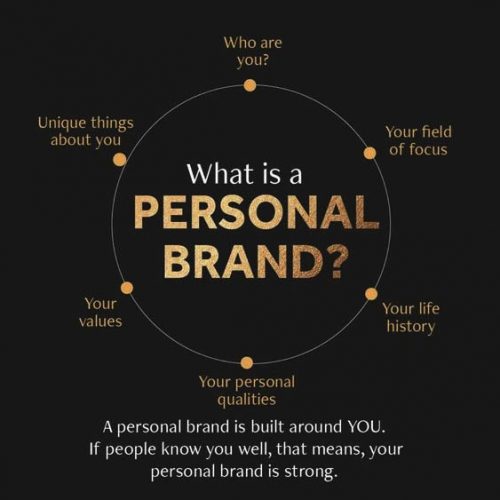 The concept of the personal brand surfaced in 1997. Twenty years later, thought pieces began popping up around the interwebs questioning its validity and necessity in a world that was so highly interconnected. The question that stands in the midst of greater connection and a world that is so globally linked is; would it not pay to stand out?
The concept of the personal brand surfaced in 1997. Twenty years later, thought pieces began popping up around the interwebs questioning its validity and necessity in a world that was so highly interconnected. The question that stands in the midst of greater connection and a world that is so globally linked is; would it not pay to stand out?
During the rise of the personal brand, executives recognized how much of an essential career asset having a brand could be to them reaching their goals – companies recognized this and began putting dollars behind it. It’s wise to note that every person who develops a brand for themselves doesn’t always do so to exact a level of celebrity or notoriety. Rather it can cement them and their reputation as leaders in their industry and thought leaders at large.
I witnessed this firsthand when my friend, James Marcus, reached out to me for help developing his LinkedIn page, which we spent hours crafting to ensure every eye that was crossed it was impressed. James is a graduate of Mercy University in Manhattan, holding a Bachelor of Science in International Relations and Diplomacy.
In January, James represented Guyana, at Best Diplomats 2024 in Malaysia. Best Diplomats is a New York based organization that specializes in conducting Diplomatic Simulations of prestigious international bodies, like the United Nations and European Union. James went on to win the Best Negotiator Award on the simulation topic, “Protecting the rights of refugee children in developed countries.”
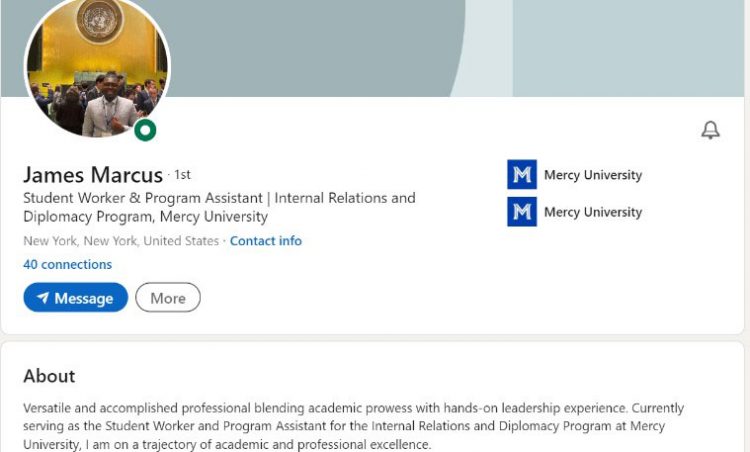 Besides recognizing the excellent work of a good friend of mine, I highlight the experience of James because through his personal brand positioning, he was able to accept the opportunity to be a part of Best Diplomats, become an awardee at Best Diplomats, and walk through the opened door of the Junior Model UN Conference in Turkey this April, where he was invited to act as Chair Person.
Besides recognizing the excellent work of a good friend of mine, I highlight the experience of James because through his personal brand positioning, he was able to accept the opportunity to be a part of Best Diplomats, become an awardee at Best Diplomats, and walk through the opened door of the Junior Model UN Conference in Turkey this April, where he was invited to act as Chair Person.
Over the last decade, he has been crafting his brand as a speaker, writer, and thought leader throughout his secondary and tertiary education as well as in his professional life. He has been carefully curating a personal brand so well thought out that his professors submitted his name on his behalf, and he positioned himself to amaze judges on the other side of the world. One of James’ key overarching themes within his personal brand is a desire to drive value. That single word ‘value’ is the key to designing a personal brand whose outcome is impact.
Everything you do and say has an affect and bearing on who you are, but beyond that, who you are perceived to be. It is critical that in both your professional and personal development you decide on the type of value you want to impart, and how best they align with the things that are true to you.
